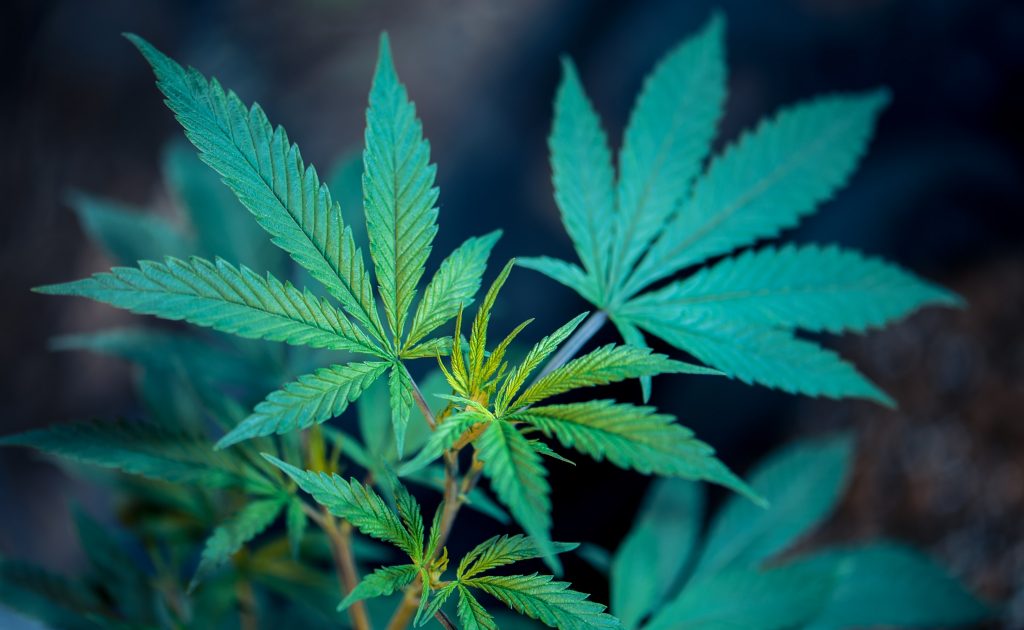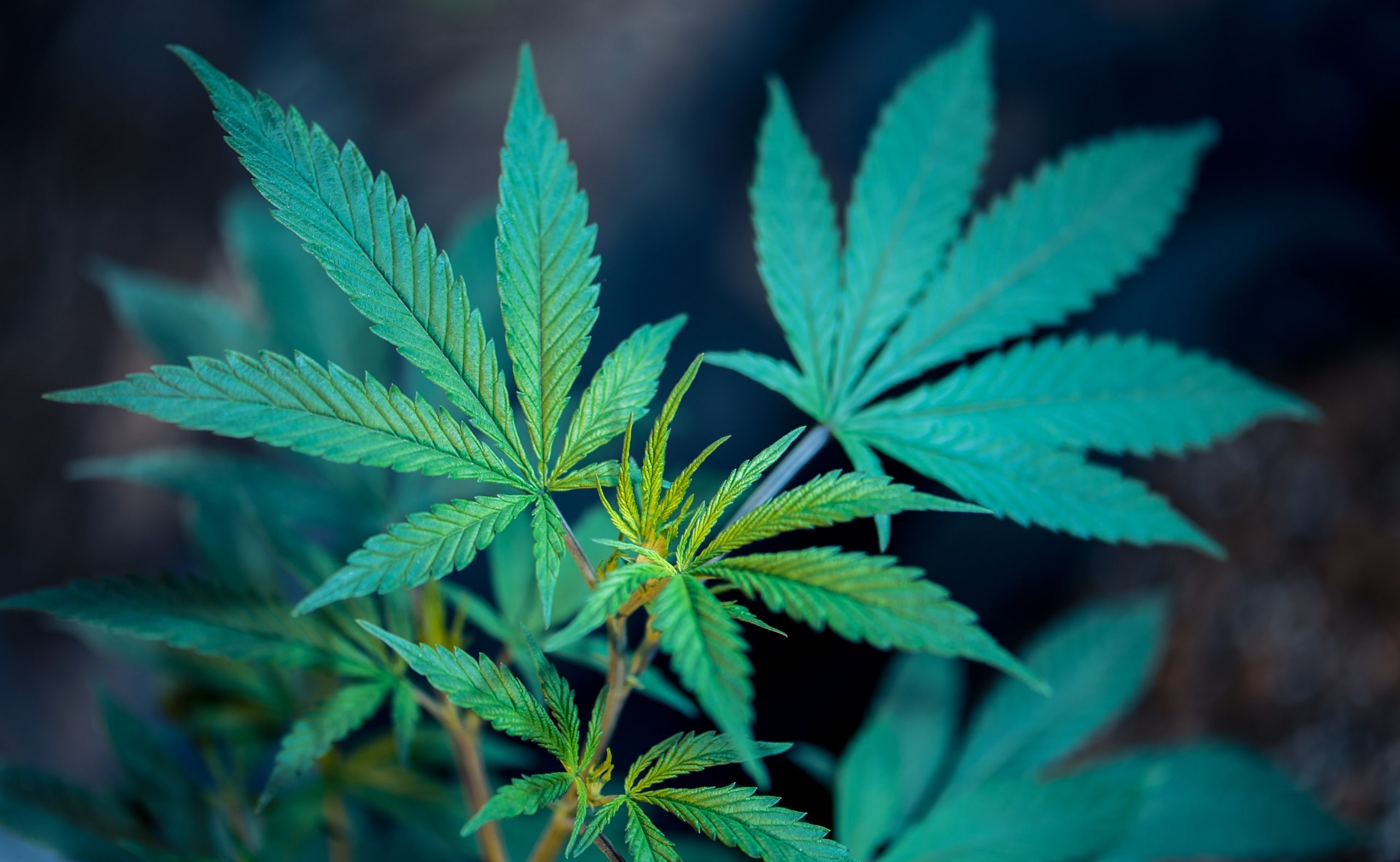Written by Rena Zhu and Edited by Catherine Zhang

We’ve all heard of the infamous drug that was classified in the 1970s as a Class 1 drug, a category of drugs believed to have no medical value and high risks of abuse and addiction—marijuana [1]. As marijuana was illegal for the past 50 years, research on it has stalled, leading us to understand very little of its nature. Not only that, stigmas and stereotypes have developed around the subject of marijuana, associating cannabis with criminals, stoners, or rebellious outcasts. However, with marijuana now legalized with fluctuating degrees of restrictions in states such as California and Washington, researchers are now able to understand more about the drug in greater depths, such as how marijuana works, how it affects the human body, and if the drug has any potentially harmful side effects [2].
Marijuana is popularly used as a recreational drug and is commonly inhaled or smoked. The two main ingredients of marijuana are tetrahydrocannabinol (THC) and cannabidiol (CBD). THC is responsible for the “high” individuals experience, usually leading to a sense of elevation and relaxation. There could also be “bad highs,” where an individual feels more stressed than relaxed [3]. CBD, on the other hand, is responsible for the non-psychoactive, or non-mind-altering effects of the drug. The lines between understanding the differences between THC and CBD are slightly blurred, as CBD sometimes works with THC to create the “high” sensation, and other times, it works against THC by diminishing its effects [4]. When THC is inhaled, the chemical binds to CB1 receptors of what is known as the cannabinoid system of the body. CBD, rather, binds very weakly to these receptors and therefore explains why it does not produce the same effects as THC does [5]. Symptoms caused by THC include loss of control over motor movements, relaxation, drowsiness, inability to comprehend cognitively, increased heart rate, and more [6]. Those at risk for potential long-term harmful effects of marijuana are people under the age of 25. To put it into perspective, a 15-year-old would sustain more damage from marijuana than a 20 year old due to the fact that the brain of a 15 year old is still developing. During development, the brain is constantly being rewired, connecting neurons and forming stronger signals. Within the nervous system, neurons are constantly stimulated and are sending messages to neighboring neurons’ receptors [7]. When THC binds to receptors within the brain, new connections cannot be formed, thereby decreasing the number of synapse connections made. This affects cognitive ability, and in the long run, it affects learning, skill mastery, and concentration [8].
Each person’s particular brain chemistry and wiring, genetics, and life experiences play prominent roles in how they experience marijuana. Since research is still underway, there is no definitive answer to the question of whether marijuana is entirely good or entirely bad for the brain. It can be bad in that those who start using marijuana at a young age will develop cognitive and developmental issues, but at the same time, cannabis can also be good for those suffering from issues such as sleep deprivation or anxiety [9]. In a study done in Colorado, researchers have found that cannabis relieved anxiety issues and improved individual sleep quality [9]. This suggests that CBD does have beneficial components to it, contributing to its medical value. However, more research needs to be done in order to fully understand the nature of marijuana. With the currently known facts, it is ultimately the user who is responsible for their decision.
References:
- “Drug Scheduling.” DEA, United States Drug Enforcement Administration, www.dea.gov/drug-scheduling.
- “Map of Marijuana Legality by State.” DISA Global Solutions, DISA Global Solutions, 27 Jan. 2020, www.disa.com/map-of-marijuana-legality-by-state.
- Vandergriendt, Carly. “Sensation of a Marijuana High: Smoking, Edibles, and Vaping.” Healthline, Healthline Media, 7 Mar. 2019, https://www.healthline.com/health/what-does-it-feel-like-to-be-high.
- Holland, Kimberly. “What’s the Difference Between CBD and THC?” Healthline, Healthline Media, 19 Nov. 2019, www.healthline.com/health/cbd-vs-thc.
- Bhaji, Anees. “Is marijuana bad for your brain?” YouTube, uploaded by TED-Ed, 2 Dec. 2019, https://www.youtube.com/watch?v=Nlcr1jd_Tok.
- “Marijuana Symptoms and Warning Signs.” Addiction Center, AddictionCenter, https://www.addictioncenter.com/drugs/marijuana/symptoms-signs/.
- “The Neuron.” BrainFacts.org, Society for Neuroscience, 1 April https://www.brainfacts.org/brain-anatomy-and-function/anatomy/2012/the-neuron.
- Weir, K. (2015). Marijuana and the developing brain. American Psychological Association, 46:48.
- Shannon, S., Lewis, N., Lee, H., Hughes, S. (2019) Cannabidiol in Anxiety and Sleep: A Large Case Series. The Permanente Journal. 23:18–041
